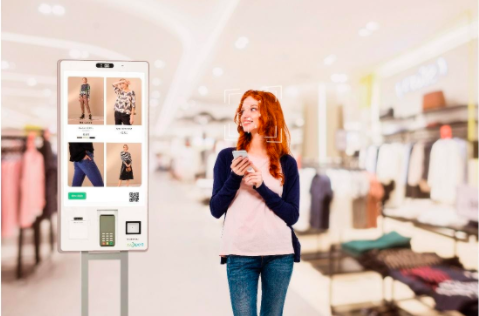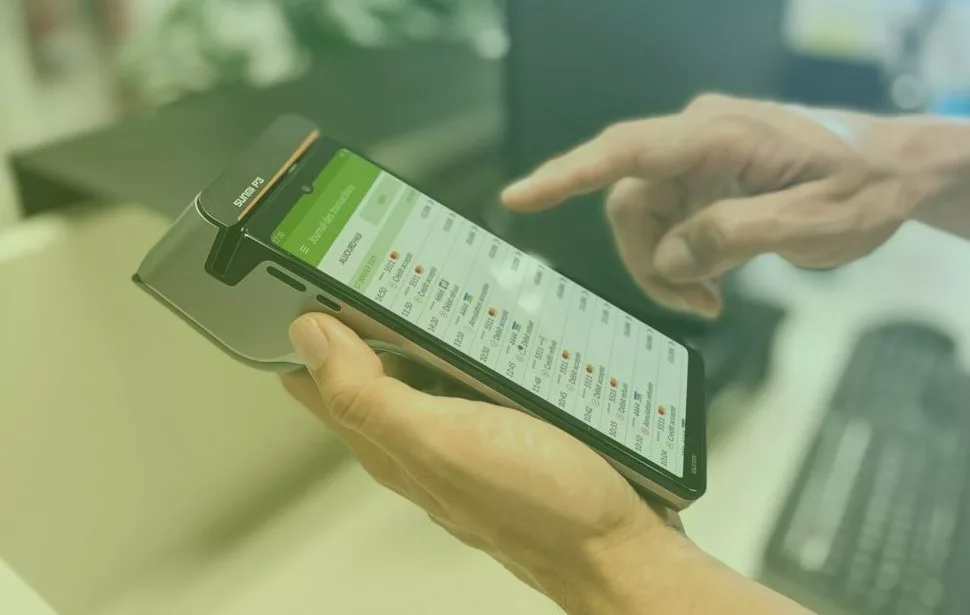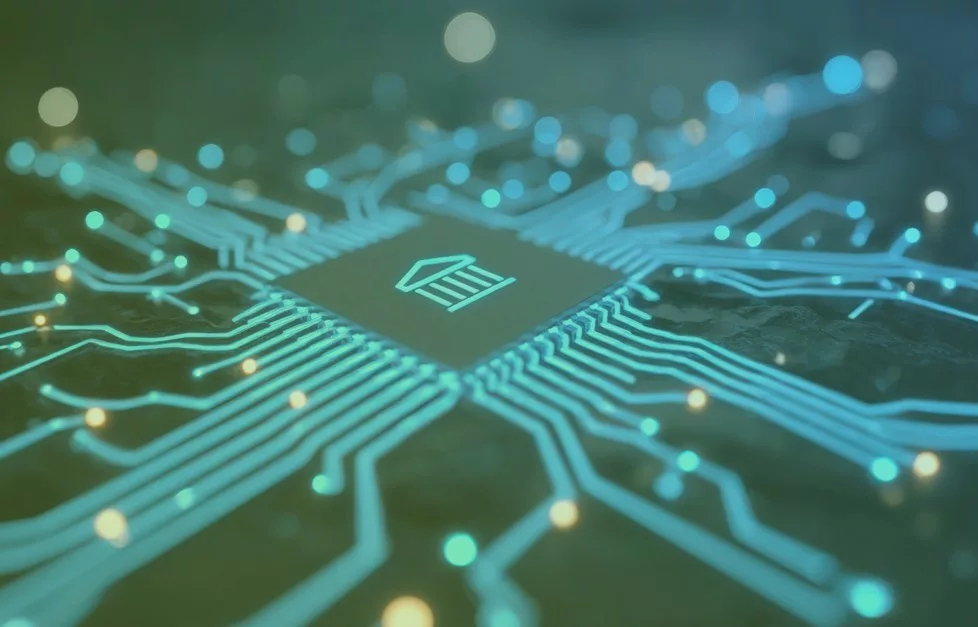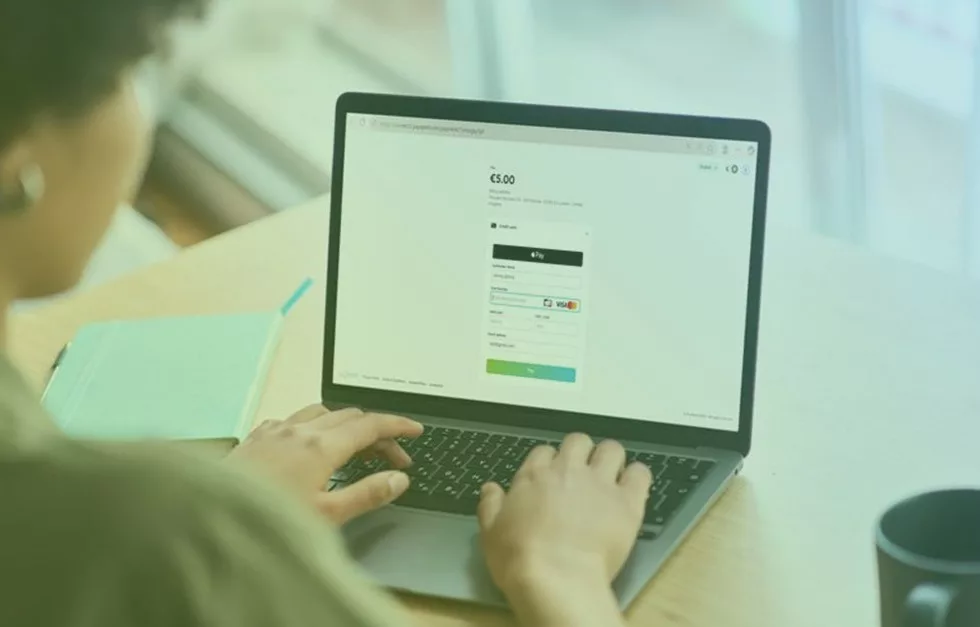Several years ago, selfie pay was talked about as the next revolution in biometrics in mobile payments. Today, it has already been implemented in some shops. Some examples are CaixaBank, Nestlé Market and the Payment Innovation Hub, companies that launched the first payment system with facial recognition in a shop in Spain, according to La Razón. But what exactly is this form of payment? Does it replace physical methods? Is it totally secure?
Let’s check it out in this post.
Selfie pay: what is it and what is it for?
The market for mobile payments has taken off towards new methods. The launch of the new biometric identification technology known as ‘selfie pay’ allows users to validate their purchases through a photograph, leaving aside traditional passwords. Selfie pay is the authentication technology though selfies. That is, the face as an authentication method.
Brands that have already launched the selfie pay service
In 2016, MasterCard announced the launch of this technology at the Mobile World Congress, “allowing users who held this company’s cards to validate their purchases through an on-the-spot photo.” As the website Xataka points out, “this authentication technology was launched in beta phase in 2015 in some areas of the United States and the Netherlands, but a year later the company confirmed that its selfie pay had given good results, and it was ready to be officially released in the United Kingdom and 14 other countries during the summer of that year.”
Last year, Google Play announced its commitment to mobile payments with facial recognition, although it is working to add other biometric methods to its apps. Google Pixel 4s seem to have everything needed to provide secure recognition in mobile payments.
Was it the only Google app capable of allowing authentication with facial recognition? It seemed so, but they have continued to move forward and create authentication alternatives in those apps that only used the Google account for that purpose.
In 2019, the Christmas campaign was brought forward at Nestlé Market, where customers could pay with facial recognition thanks to the Face to Pay App. Paying with facial recognition in a shop is already a reality.
How to use selfie pay?
To use this payment method, it is necessary to download the MasterCard mobile application, in this case, on our Tablet or Smartphone, and sign up for the service. You will then be asked for your account holder information and credit or debit card details, as well as a photo to create a digitised map of our face. It will be stored on MasterCard’s servers.
Usually, every time we make a payment through our Smartphone in a shop, the App will ask us to confirm our identity in two ways: by fingerprint or by looking at the camera (wait a few seconds for it to confirm our identity).
5 advantages of selfie pay
Selfie pay has been used as a boost in digital media to change the user experience in e-commerce, obtaining the following advantages:
- Security. Biometric authentication with fingerprint and facial recognition.
- It eliminates friction. It automates and speeds up data management.
- It reduces the need to remember passwords.
- The technology is spreading in European countries (Austria, Belgium, Czech Republic, Finland, Spain, Norway, Sweden, United Kingdom, Denmark, Germany, Hungary and the Netherlands).
- It can be part of your payment gateway to guarantee more complete methods, with different alternatives for users.
Do you have questions about the payment methods most commonly used by your customers? Tell us, we can solve all your doubts.
The first shop to allow payments with selfie pay
Paying your purchase with a selfie is already a reality in Spain. As we mentioned at the beginning of this post, CaixaBank, Nestlé and the Payment Innovation Hub have launched the first payment solution with facial recognition in Spain. In this way, they have made possible a system that allows paying your purchases only with your face, without having to use a bank card, cash or any other alternative.
In order to make the payment, users have to download the Face To Pay Nestlé Market app from Google Play or the App Store, fill in their details, card and photo of their face. The project was launched last year to analyse how this new technology fits in the needs of the retail industry during periods of very high demand, such as Christmas. In short, this has been the first food store with a facial recognition system with these features in the country.
Will we see its widespread use throughout 2020? Which cities will be next to welcome this new payment method? Is it part of the e-commerce strategy? How can it be integrated with payment gateways? Why is it a secure system against fraud?
At PayXpert we have already held a few events around Europe showing our own Face to Pay technology from our K1 kiosks. Join us every week on our blog, we will be happy to share new information with you.

Heartbeat: another breakthrough in payment methods
In recent years, fintech has undergone a major evolution, transforming the traditional finance sector, both for individuals and companies. Payment methods based on voice, facial or other recognition system are the result of a sector that continues to evolve according to the needs of e-commerce and users. Now, it seems that the heartbeat is already in the cross hairs to become a mobile payment authentication method.
The sensor could be inserted into a watch or bracelet to be connected to our mobile phone, which would simplify the process. However, there is not yet a solid infrastructure that can store and identify electrocardiograms to ensure total security.




